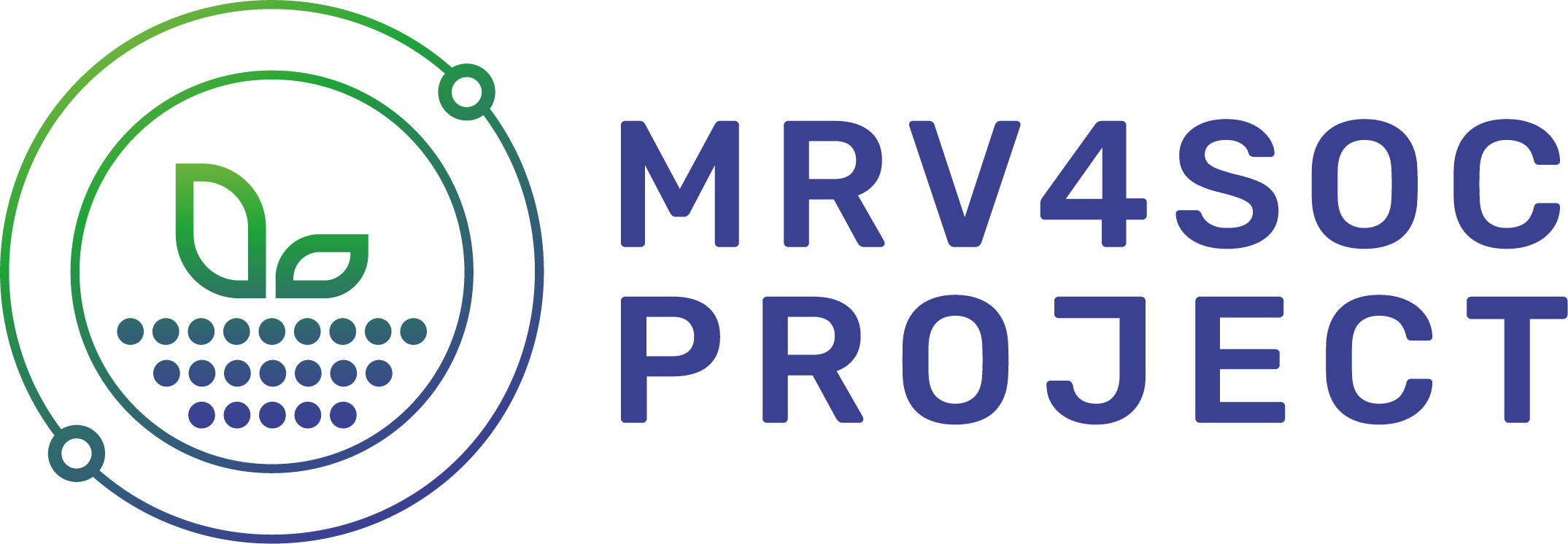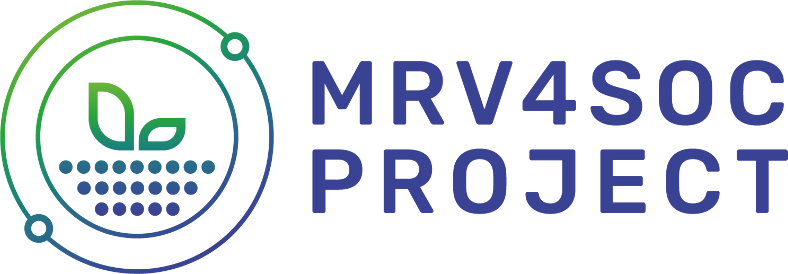What is the best way to obtain information on soil surface layers? Just use a halogen lamp.
Spectrometry is a technique based on light properties and measures the interaction between light and matter. It is useful to quantify organic carbon in the superficial layers of soil, and with proper adjustments can be used also in soils that are soaked in water.
This technique was demonstrated at the MRV4SOC project’s demo site of Lonzée, Walloon, Belgium. The researchers use a halogen lamp placed within a special metal structure resembling a pot: the lamp and the structure are important to guarantee that the light hits the soil at the right angle and that there are no interferences from the sunlight.
This method is simple and has many advantages since it is quick and cheap, it does not remove any micro-layer from the surface of the soil, and can also be used in wet conditions.
Instead of calibrating the tool every time there is a change in sunlight, which will be a nightmare during cloudy days, it can be calibrated only once with a white reference cloth or a grey one for wet soil conditions.
The second tool used in the Lonzée demo site to measure the organic carbon fluxes between soil and atmosphere is the Eddy covariance flux tower. The Eddy co-variance flux tower consists of two parts: an ultrasonic anemometer and an infrared gas analyser. The tower measures and calculate vertical turbulent fluxes within atmospheric boundary layers. For soil studies, it measures the fluxes between soil and atmosphere and determines exchange rates of trace gases over natural ecosystems and agricultural fields.
In Lonzée, the Eddy tower was installed in 2004, which means that there are 20 years of data available. The long-term time dimension of data is crucial for the MRV4SOC project, to understand changes and trends in soil organic carbon and greenhouse gas fluxes and to build predictive models.
The crop rotation at the Lonzée demo site are based on a 4-year rotation scheme, so through the Eddy tower data it is possible to study the impact of different crops and cover crops on carbon fluxes.
Data are crucial to monitoring soil health and their capacity to absorb and store carbon from the atmosphere, mitigating the effects of climate change. However, MRV4SOC is not all about data and numbers.
Without soil, there will be no agriculture, and without agriculture, there will be no food. This is why farmers are crucial players in the MRV4SOC’s ecosystem. After leaving Lonzée, we visited the Belgium headquarters of Soil Capital, a company with long expertise in regenerative agriculture and low-carbon transition of farms.
Its mission is to help farmers transition to more profitable and regenerative agriculture by 2025. Soil Capital supports both farmers valuing their reduced carbon emissions and rewarding them for the ecosystem services they provide, and companies engaging their farmers in a certified low-carbon approach and building a regenerative and resilient supply chain.
After one year, MRV4SOC has come a long way even though the path is still long and full of challenges. However, by combining each other’s expertise, skills, and knowledge obstacles can be overcome, to heal our soil and protect our environment.



